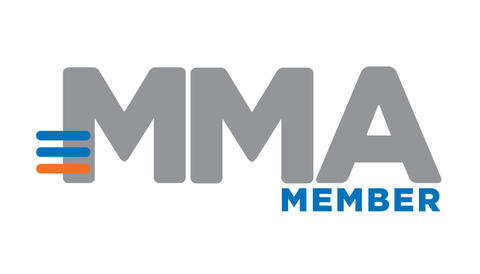October 12, 2015
Submitted by 3Q Digital
Guest post by Gary Yentin, co-founder of AppPromo
We all know apps are a huge component of digital marketing. Thanks to this post on the app store landscape, you know the app discovery options available to developers, the major players, and the issue of discovery that most apps face.
So how do you put your apps in the best possible position to be discovered? Because roughly half of all downloads come from search within app stores themselves, we’ll focus on how to optimize your apps for this particular search. This process is called ASO (app store optimization), and it’s rapidly taking its place as the new SEO. In this post, we’ll focus on:
-Optimizing keyword, meta data, and tags
-Optimizing icons
-Optimizing screenshots
-Optimizing Google Play listings
-Importance of ratings and reviews
Let’s get started.
Optimizing keywords, meta data, and tags
Keywords, titles, and meta descriptions are the foundation to ASO. A few quick tactics:
-Search app stores to identify marketable keywords and the incorporate them into app titles (like “lyrics” and “bike race” below).
-Avoid competitive and genetic keywords.
-Keywords are like hashtags on Twitter. Don’t force them or overuse them.
-Draft titles and descriptions that sound natural and differentiate the app from others.
-If a new app works in conjunction with another, consider including the name of the second app in the title field of the other one.
-Keep your app descriptions short and clean; explain in the first 1-2 lines what it does and why it’s unique (but refrain from bragging).
Optimizing icons
Visuals are another big component of app discovery – mainly, helping turn eyeballs into clicks and downloads. PixelResort has a good post on optimizing icons; we’ll pull out a few key points:
-Don’t use words
-Don’t use standard gloss
-Keep the icon simple, clean, and consistent with your app imagery
Optimizing screenshots
Screenshots of your app (used in your app store listing and often repurposed in social media install ads or banner ads) are a visual preview of the experience and capabilities your user can expect from downloading your app. Screenshots of your app in action can be effective using a couple of best practices:
-Don’t just settle for a plain image; include concise copywriting calling out benefits or desired actions
-Treat your screenshots like a stop-motion commercial
Optimizing Google Play Store copy
The Google Play store specifically allows plenty of opportunity for optimization within its layout:
If you check out the screenshot above, you’ll see a couple of features you should utilize:
-Cross-promotion of your app portfolio (left-hand side)
-Use of valid backlinks to your app landing pages and social media pages
The layout works for both web and mobile view, but only the mobile view is clickable. It’s important to note that you should also update the text regularly to keep your content fresh for both Google’s search function and the user.
Importance of ratings and reviews
Ratings, which are seen by app store searchers, are critical indicators of your app’s quality and act as social proof that can sway users to download. The more reviews, the better for your app store rankings and visibility.
Make sure to address reviews on a couple of fronts. First, ask for reviews from your users. Second, prompt users for feedback so they can convey any issues to you directly before posting a negative review.
There are plenty of ASO companies who can do all of this for you – and help synthesize a rather dissolute data landscape to boot. But I would recommend you try a lot of this on your own, particularly if you don’t have the budget to call in tech help, to see what works for your app. Good luck!







